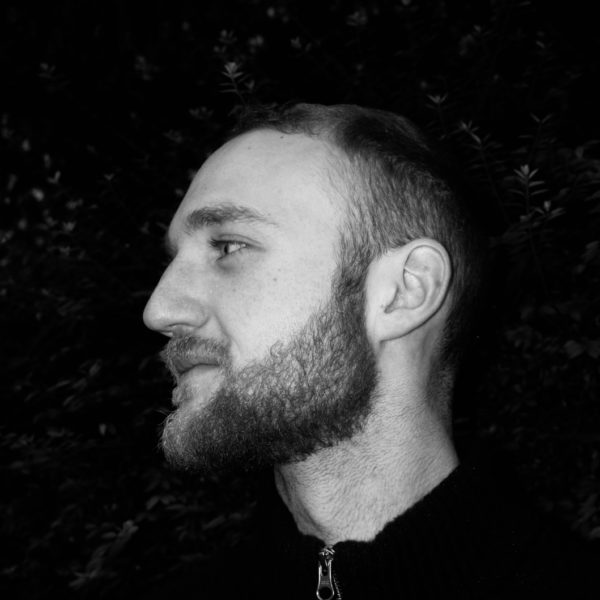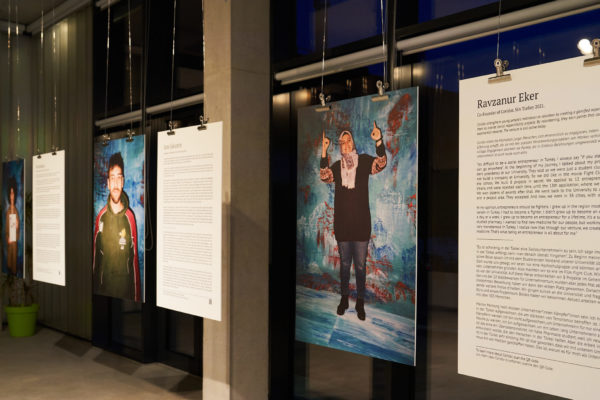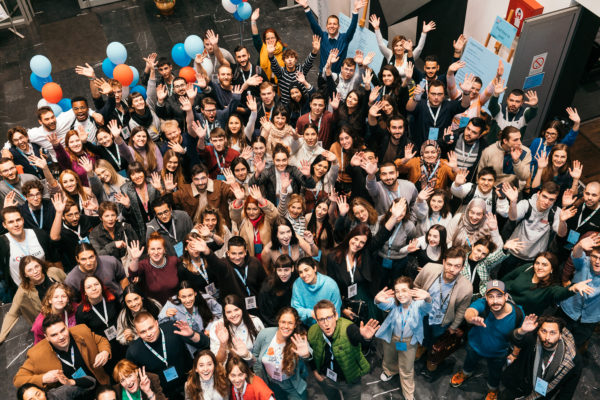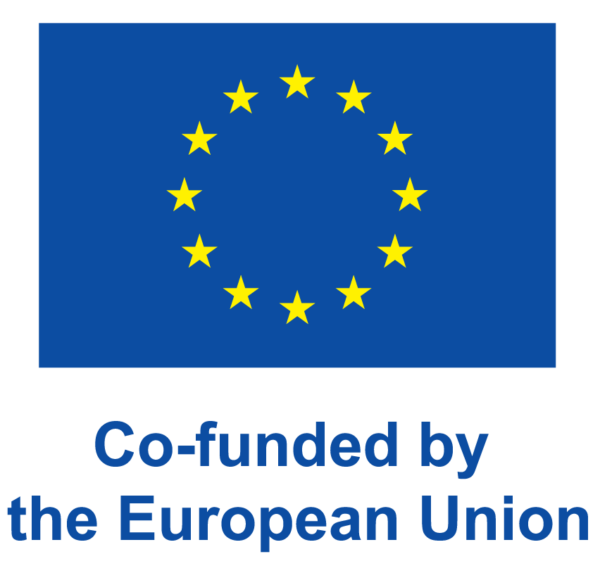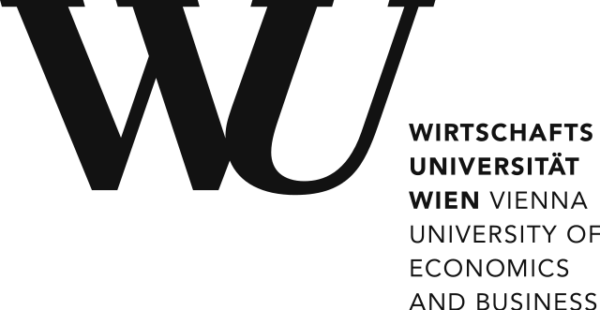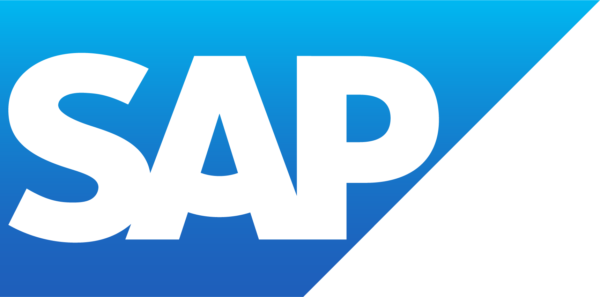
Ambition 2030 – Co-Creation is the Future
Introducing our new governance structure, allowing all our ambitions to come to life in an efficient and innovative way.
Historically, the SIA team, responsible for all the main activities that keep SIA alive, was split into two groups: SIA International, and SIA Hosts. SIA International sets the strategic direction of SIA, fundraises for the organisation to grow, and provides critical services to SIA Hosts, who themselves are responsible for running the SIA program in their country.
Although efficient at a small scale, this kind of network structure becomes difficult to work with over the long run. As more SIA Hosts are onboarded, SIA International has to continuously increase capacities to make sure service providing needs are met. Moreover, responsibility lies heavily on SIA international to maintain the entire organization alive, creating a potential risk to local impact in case of any funding issues due to unforeseen circumstances.
Finally, SIA Hosts have incredible knowledge, but often lack the resources to share this knowledge with others and take part in broader efforts outside of their country. This is a missed opportunity, the opportunity cost of which is valuable insights going down the drain by people who are closest to the main target audience of the program.
SIA will therefore be implementing a shift towards a multi-nodal structure, with further decentralization. This places SIA hosts at a higher level of responsibility for activities outside of implementing the SIA program, and gives them more say about the future of the organization.
Of course, SIA International and Hosts are not the only core stakeholders of SIA. Many other voices need to be heard when making important decisions. To ensure this is the case at SIA, we will be creating a youth council made up of alumni with a commitment to developing a more impactful experience SIA for young people.
We see this as a crucial step in allowing us to get closer to our vision for a better world. We have high ambitions, but our approach is structured and cohesive, as detailed in the last article of our Ambition 2030 series.
This action is co-funded by the European Union. Views and opinions expressed are however those of the author(s) only and do not necessarily reflect those of the European Union or European Education and Culture Executive Agency (EACEA). Neither the European Union nor the granting authority can be held responsible for them.
